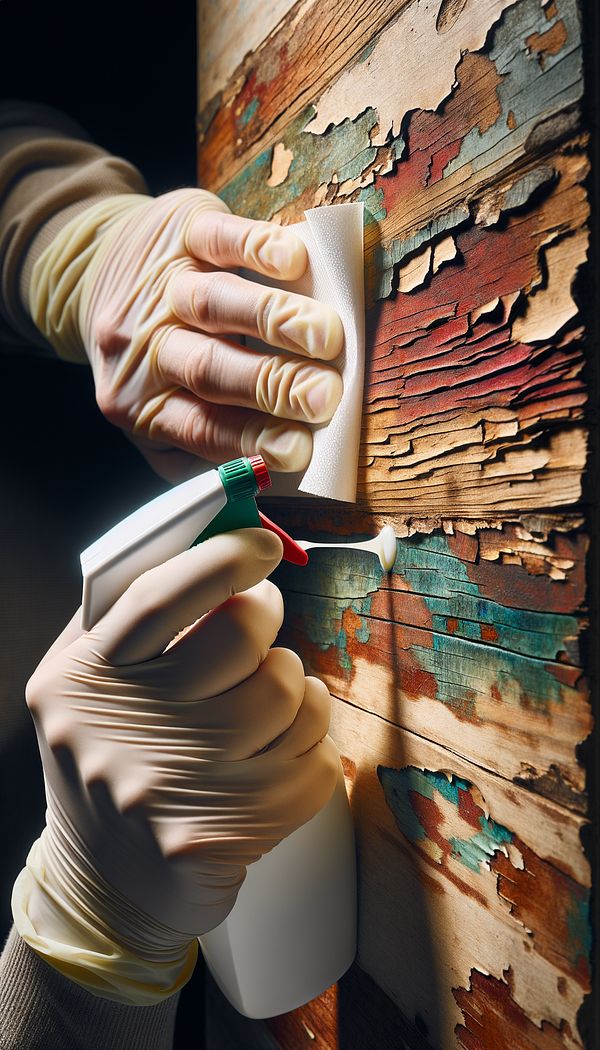What is Stripping?
Stripping in interior design refers to the process of removing layers of paint, wallpaper, varnish, or other coatings from surfaces.
Description
Stripping is a crucial step in the renovation or restoration of interiors, often seen as the preparatory stage before applying new finishes. This process can be applied to a myriad of surfaces including walls, floors, furniture, and architectural details, making it a versatile technique in the field of interior design. The goal of stripping is not only to remove outdated or damaged finishes but also to prepare the surface for a smooth application of new materials, ensuring adhesion and longevity.
There are various methods of stripping, including chemical, thermal, and mechanical techniques, each suitable for different types of coatings and materials. Chemical strippers are powerful solutions that dissolve the existing finish, making it easy to remove. Thermal methods involve applying heat to soften the finish, while mechanical techniques might use sanding, scraping, or blasting to physically remove the layers. Choosing the right method is essential to avoid damaging the underlying material and achieve the best outcome.
Stripping is not limited to aesthetic purposes; it is also important for uncovering and treating any underlying issues such as mold, mildew, or wood rot. By removing all existing coatings, professionals can assess the condition of the original material, treat any problems, and ensure a solid foundation for new finishes. This meticulous process underscores the importance of stripping in both preserving the structural integrity and enhancing the visual appeal of interior spaces.
Usage
In a renovation project, stripping may be used to restore a century-old wooden staircase back to its original splendor by removing layers of old paint. Similarly, in the process of updating a kitchen, stripping could involve removing outdated wallpaper to prepare for a fresh application of paint or new wallpaper designs.
FAQs
-
Is stripping always necessary before applying new finishes?
Stripping is often recommended to ensure the best adhesion of new finishes, but it may not always be necessary depending on the condition and type of existing surface and material.
-
Can stripping be a DIY project?
Yes, stripping can be a DIY project, especially when using chemical strippers designed for consumer use. However, it's crucial to follow safety guidelines and consider hiring a professional for more complex or extensive projects.
-
Are there eco-friendly stripping methods?
Yes, there are eco-friendly stripping methods and products that use less toxic chemicals or natural ingredients, as well as mechanical methods like sanding or scraping that don't involve chemicals at all.
Practical Application
When undertaking a stripping project, it’s important to choose the right method based on the type of surface and coating to be removed. Always wear protective gear such as gloves and masks, especially when using chemical strippers. Testing a small, inconspicuous area first can help determine the effectiveness and suitability of the chosen method. Additionally, proper disposal of the removed materials and chemicals is essential for environmental safety.
-
Furniture Types599 articles
-
Decorative Techniques322 articles
-
Materials & Textiles360 articles
-
Construction & Building86 articles
-
Wall Treatments & Finishes157 articles
-
Straight-Back SofaA straight-back sofa is a couch with a flat, upright backrest.
-
TV ArmoireA tall, freestanding cabinet designed specifically to house a television and related media equipment.
-
Aniline DyeAn aniline dye is a type of synthetic dye derived from aniline, used for coloring wood and fabrics.
-
Crest RailA crest rail is the uppermost part of a chair's back, often decorative and providing structural support.
-
Arm CapsProtective coverings designed to fit over the arms of chairs and sofas.
